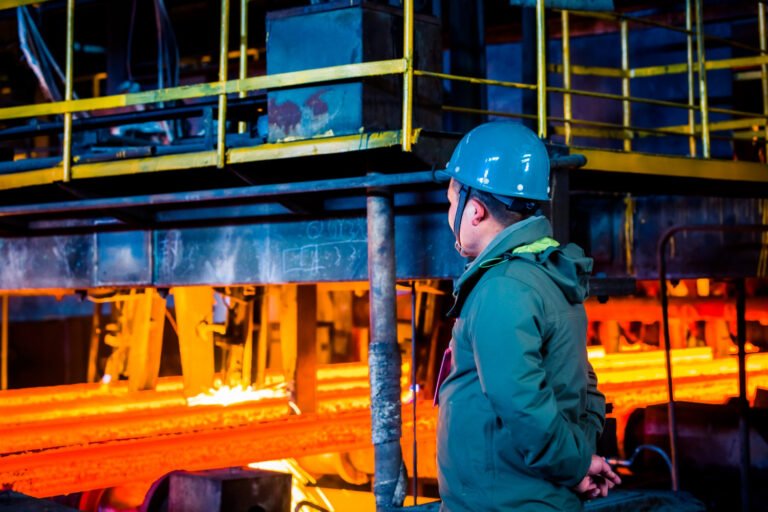Microstructural Analysis in Failure: Cases & Solutions
When looking into failures, microstructural analysis is a key tool for finding the reasons why things break and coming up with good answers. This blog post goes into the world of microstructural analysis. It uses real-life case studies to show how important it is and how it can help find answers.
Case Study 1: An Analysis of a Metal Part’s Fracture
Imagine that a suddenly breaks metal part in a very important piece of machinery, causing downtime and possibly dangerous situations. A close study of the broken surface’s microstructure tells us important details about how it broke. Experts can find flaws like inclusions or voids, which may have caused stress concentration places that led to failure, using methods like SEM EDS analysis.
Solution: The research can lead to suggestions for material improvement, such as making the manufacturing process better to reduce errors. To stop this from happening again, it’s also possible to suggest changes to the working conditions or changes to the design.
Case Study 2: Corrosion Investigation in a Pipeline
Pipelines that are corroded can leak, which puts the whole system at risk. Microstructural study of the corroded area can show the type and level of corrosion, which can help figure out what caused it, like being exposed to chemicals or not having the right coating.
Solution: To prevent future rusting problems, suggestions might include changing the way the materials are made or applying coatings that don’t rust.
Case Study 3: When a Composite Material Fails
Composite materials are used a lot in the car and aerospace industries because they are strong and light. If something fails, microstructural analysis can show how it failed, like delamination or fibre breaking. This gives information about how the material works under different loads.
Solution: To make composite materials last longer and work better, suggestions can be made for changes to the way they are made or the use of different materials.
In conclusion , microstructural analysis is a strong tool for investigating failures because it gives us useful information that can help us find good answers. Businesses can make their goods and systems more reliable and effective by looking at real-life case studies and following the suggestions that come from microstructural analysis.








